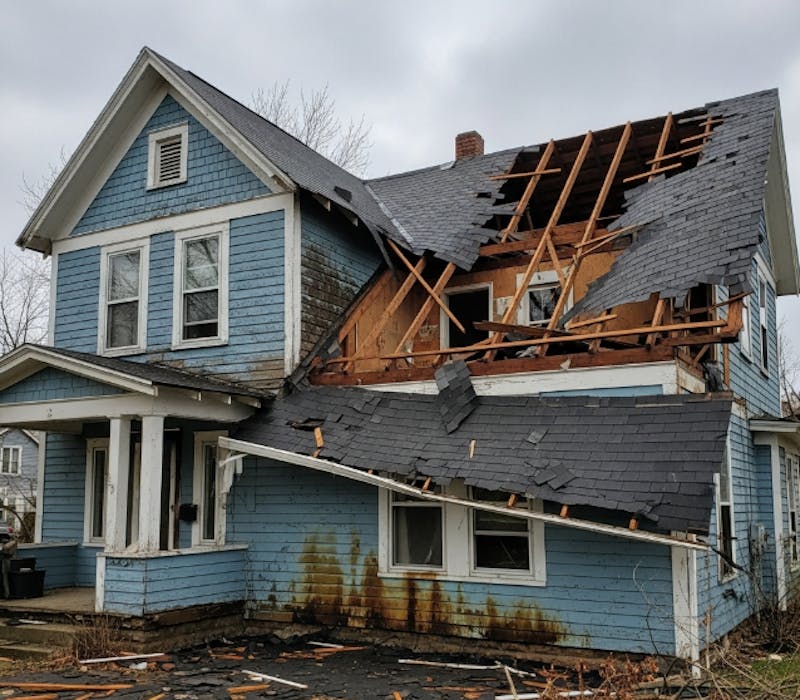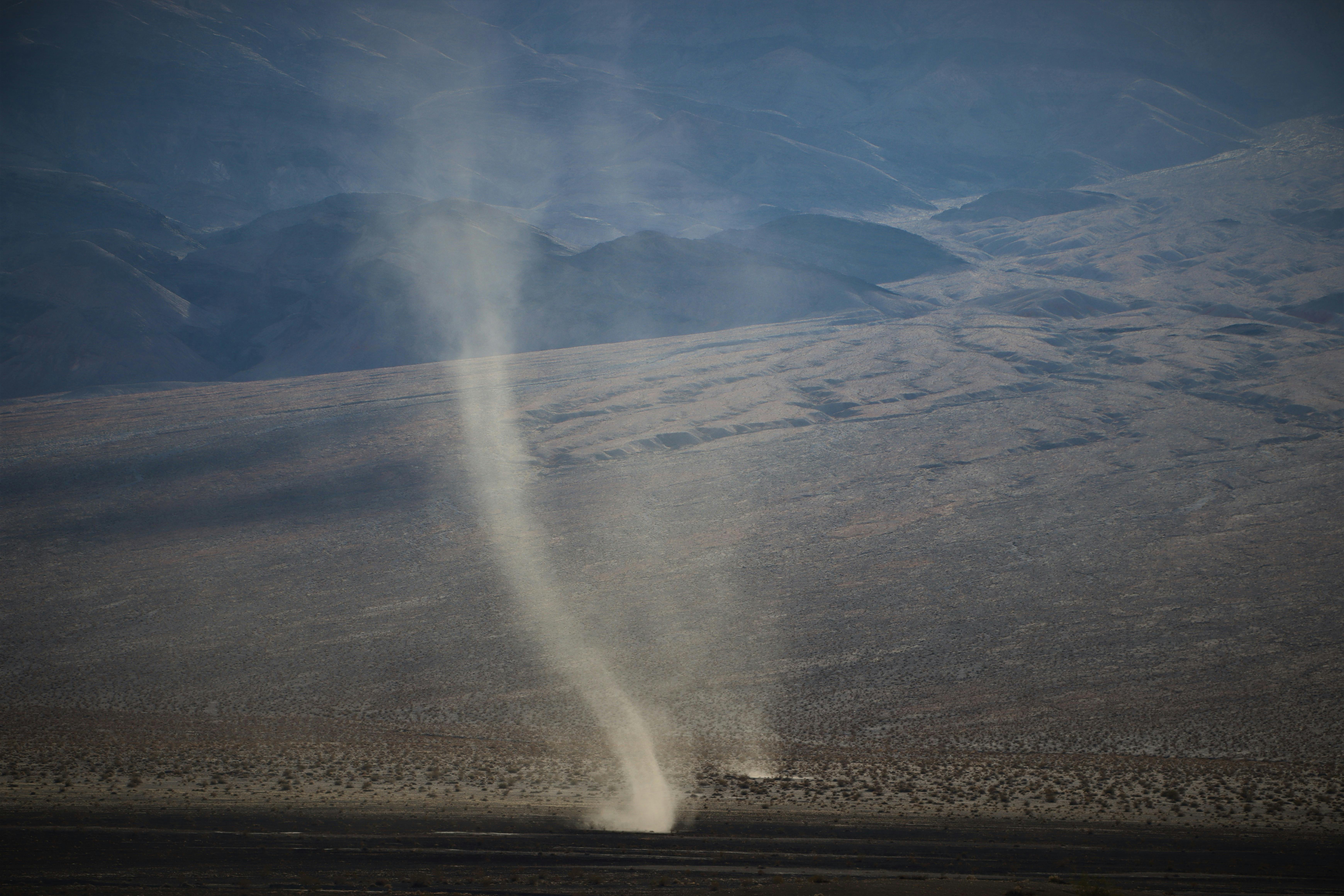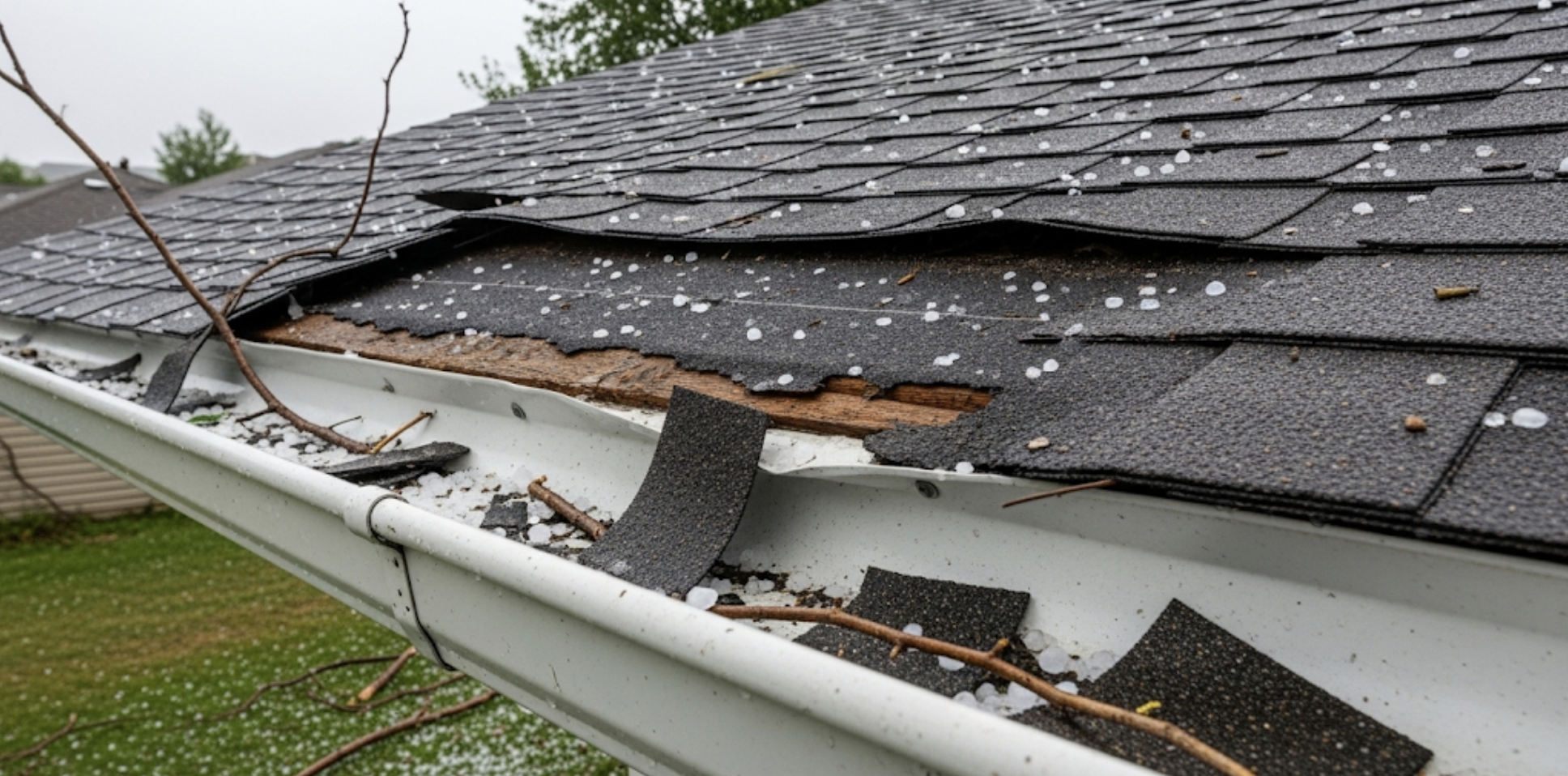
Your roof is one of the most important parts of your home. It keeps you safe from rain, snow, wind, and heat. But when it gets damaged, the big question is: Will my insurance pay for it?
The answer isn’t always simple. Insurance coverage usually applies when roof damage happens suddenly, like when a storm rips off shingles or a tree crash through the roof. But if your roof is old, weak, or not properly maintained, insurance companies often say no. They call this neglect, and that can leave homeowners paying out of pocket.
This blog explains what roof storm damage insurance usually covers and what it doesn’t. We’ll look at real stories from Florida, Texas, Colorado, and New York to show how a roof insurance claim works in real life. These examples prove why keeping up with roof care, working with the right roofer or public adjuster, and knowing your home insurance policy rules makes such a big difference.
What Roof Storm Damage Insurance Usually Covers
Homeowners' insurance often pays for roof repair or replacement if the kind of roof damage comes from a sudden and accidental event. That could mean strong winds ripping asphalt shingles away, hail damage breaking through the roof, damage from trees falling during a storm, or even lightning striking your house.
In these cases, the company usually covers either repairs or the entire roof replacement, depending on the severity of the damage and the type of insurance coverage listed in your home insurance policy.
But insurance does not cover damage that builds up over time. Common roof leaks caused by years of wear, poor maintenance, or ignored repairs usually fall outside of coverage. If leaks appear because nobody fixed a small problem years ago, the company may deny your insurance claim. They call this “maintenance” or “wear and tear,” which is considered the homeowner’s responsibility.
What’s the Difference Between Covered and Denied Claims?
Not all roof problems are treated the same way. Insurance companies look closely at what caused the damage. If it was sudden, like a storm or falling tree, you have a much stronger chance of getting help. If it happened slowly, like leaks over time, your claim will likely be denied.
What Is Your Insurance Policy Limit?
Every homeowner's insurance policy has a coverage limit for the maximum amount the company will pay for a claim. If your roof replacement costs more than that limit, you’ll have to cover the rest yourself.
For example, if your policy limit for dwelling coverage is $200,000 and a tornado causes $250,000 worth of damage to your home, the insurer will only pay up to $200,000. The same rule applies to roof damage: if the cost of repairs or replacement exceeds your limit, you’re responsible for the difference.
This is especially important for people with metal roofs or other high-end roofing materials, since replacement costs can be much higher than for asphalt shingles. Checking your limits before storm season ensures you know whether your coverage is truly enough.
Why Roof Material Matters (Asphalt vs. Metal Roofs)
The type of roof you have can affect both the damage and the payout.
- Asphalt shingles are the most common in the U.S. and are highly vulnerable to wind and hail damage.
- Metal roofs are tougher and often last longer, but when they’re dented by hail, insurers may call it “cosmetic damage” and refuse full replacement.
- Tile or slate roofs can crack from impact, leading to costly repairs that insurers may try to minimize.
Understanding your roof type helps you push back when an insurance company undervalues your claim.
Recognizing the Signs of Storm Damage
One of the best ways for homeowners to strengthen a roof insurance claim is to recognize the signs of storm damage early. After a recent storm, walk around your property and check for:
- Missing or lifted asphalt shingles.
- Dents or bruises from large hail.
- Broken tree limbs on or near the roof.
- Water stains in the attic or ceilings (possible roof leaks).
- Sagging or warped areas that may suggest structural stress.
Documenting these issues immediately gives you proof that the damage was sudden, not gradual, and can make or break your insurance claim.
Why Documentation Matters
Insurance companies rely heavily on evidence. The more photos, videos, and inspection reports you can provide, the harder it is for an insurer to deny or reduce your claim. Keeping a record of roof maintenance and past repairs also helps prove you’ve been taking care of your property.
Do You Have Replacement Cost Value (RCV) or Actual Cash Value (ACV) Coverage?
Not all insurance policies pay the same way for roof damage. Some cover the Replacement Cost Value (RCV), which means the insurer pays the full cost to replace your roof with a new one of a similar kind and quality. Others only cover the Actual Cash Value (ACV), which subtracts depreciation for age and wear.
For example, if your 15-year-old roof is destroyed in a hailstorm:
- With RCV, you’d get enough money to replace it with a new roof.
- With ACV, the insurer may only pay a fraction of that cost, based on the roof’s current value.
Knowing which type of coverage you have is one of the most important parts of preparing for a roof damage insurance claim.
Florida: Claim for Roof Damage After Storms and Falling Trees
Florida faces hurricanes and tropical weather almost every year, and roof storm damage insurance claims are very common.
One real story from St. Petersburg shows how things can work out. A storm knocked a giant tree onto a woman’s house, crushing part of her roof and letting in rain. Because she had photos showing the home before the storm, and the damage from trees clearly came from the storm, her roof insurance claim became a successful claim. Her insurance paid for the roof repair and even provided her with immediate funds to cover emergency costs.
But not all Floridians are as lucky. In another case, Citizens Insurance only offered $1,500 to an elderly homeowner whose entire roof repairs were expected to cost $40,000–$60,000. She ended up with a tarp over her house for years while her family fought through the insurance process.
Texas: Hail Damage and Denied Claims
Texas is known for massive hail damage, and many homeowners file a roof insurance claim after storms. But not every claim gets paid. In fact, nearly 47% of Texas home insurance claims were closed without any payment in 2024, according to the Houston Chronicle.
The issue often comes down to deductibles, exclusions in the home insurance policy, or disputes about the size of hail that hit. Sometimes insurers argue the hail was too small to cause damage—even when shingles are visibly bruised. This is why knowing the right steps after filing a roof insurance claim is critical.
Colorado: Lowball Offers After Lightning and Hail
Colorado also sees plenty of roof storm damage insurance claims, from hail in the summer to heavy snow and lightning strikes.
In one case, the Encalade family’s house was hit by lightning in May 2023. Their insurer, USAA, first offered only about $70,000 to cover repairs. But the family said the real cost was much higher. After a year of waiting and suing for bad faith, they reached a settlement closer to $297,000 (My San Antonio).
This shows how the insurance process often starts with a lowball offer. Homeowners who don’t push back or who don’t hire roofing contractors, or a public adjuster could end up paying thousands more.
New York: Snow and Leaks as a Kind of Roof Damage
In New York, the biggest kind of roof damage often comes from heavy snow and rain. When snow piles up too much, roofs can suddenly collapse, and those claims for roof damage are usually covered.
But if leaks appear slowly over the years because the roof wasn’t maintained, insurance won’t pay. Common roof leaks caused by age or neglected asphalt shingles aren’t considered sudden events. Experts stress the key difference: sudden and accidental versus gradual problems caused by neglect (U.S. News).

Missouri: Tornadoes and Windstorms
Missouri is hit hard by tornadoes and severe windstorms. Roofs can be torn off in seconds. Most storm-related roof damage is covered, but insurers may deny parts of the claim if they believe the roof was already weakened by age or neglect.
In 2023, Missouri homeowners filed thousands of claims after tornado outbreaks. Many were successful, but others faced delays as insurers argued whether the roof damage was fully caused by the storm or worsened by poor maintenance. Regular roof inspections before storm season can help strengthen claims in states like Missouri.
Illinois: Hail and Heavy Rain Damage
Illinois experiences strong hailstorms, heavy rains, and straight-line winds that cause roof damage. While sudden storm damage is often covered, disputes arise over whether water leaks came from storm events or long-term wear.
For example, after a severe hailstorm near Chicago in 2022, many homeowners reported cracked shingles and water damage inside their homes. Some insurers argued that only part of the roof needed repairs, while roofers said the entire structure had to be replaced. These differences in estimates often lead to underpayments unless homeowners get multiple quotes.
How Insurance Companies Deny Claims
Insurance companies may deny or reduce claims for reasons such as:
- Pre-existing damage – Saying the roof was already weak.
- Cosmetic-only damage – Claiming dents or marks don’t affect function.
- Wear and tear – Blaming the age of shingles or lack of upkeep.
- Deductible issues – The cost of damage being lower than the deductible.
Homeowners should carefully read their policy to understand what’s excluded and what proof is needed.
What Mistakes Should Homeowners Avoid?
- Waiting too long to file a claim.
- Throwing away damaged shingles before taking photos.
- Accepting the first settlement without comparing estimates.
- Ignoring small leaks that later become major denials.
What Is Your Deductible?
Even if your claim is approved, your deductible plays a big role in how much money you receive. Some states, like Florida and Texas, even have separate hurricane, wind, and hail deductibles that are higher than a standard deductible.
For example, if your roof repairs cost $12,000 but your deductible is $10,000, your insurance company may only send you $2,000. In some cases, if the damage is less than the deductible, you might get nothing at all.
That’s why it’s important to know your deductible amount before storm season. A higher deductible can mean lower monthly premiums, but it also means paying much more out-of-pocket when you file a roof damage insurance claim.
The Insurance Process: How to Protect Yourself
If your roof is damaged, there are a few smart steps you can take to strengthen your claim for roof damage and improve your chances of a successful claim:
- Take photos before and after every recent storm. Proof matters.
- File your claim quickly. Insurance companies often have strict deadlines.
- Read your home insurance policy. Know if hail, wind, or cosmetic damage is excluded.
- Get multiple repair estimates. Comparing the ways roofing contractors quote jobs helps stop insurers from lowballing you.
- Work with a roofer or public adjuster. They can advocate for you and prove the true cost of fixing or replacing your entire roof.
- Keep up with maintenance. Fixing small problems like common roof leaks now can prevent denials later.
Why Preparation Matters for Any Claim for Roof Damage
Insurance is there to protect you when disaster strikes. If hail damage smashes your roof, lightning strikes, or damage from trees destroys part of your home, insurance coverage should help you get back on your feet. But if the roof damage happened because the roof was old, weak, or ignored, insurance will likely say no.
Real examples from Florida, Texas, Colorado, and New York show how the insurance process can go very differently. The best way to protect yourself is to know your home insurance policy, document damage, and take care of your roof before problems get worse. That way, if disaster comes, you’ll have a better chance of getting the successful claim and the coverage you paid for.
If you have questions about a roof damage insurance claim or need guidance, reach out to us by visiting our contact form.




